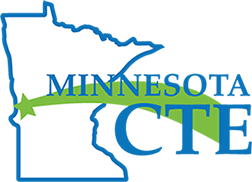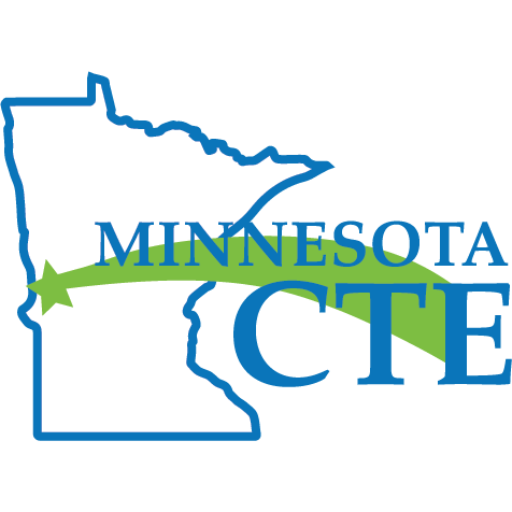Resources and guidance for Minnesota’s Career and Technical Education teachers and programs.
We offer free guidance, resources, and curriculum for teachers in Minnesota preparing students for careers in agriculture and energy/natural resources, business and marketing, family and consumer sciences, health/human services, trade and industry, and more.

Guidance and FAQs
- Glossary of CTE Terms – MN CTE, MnACTE
- CTE Licensure 101 and Job Posting Guidance – MN CTE
- Credit Equivalency – MACTA/Perkins Leaders
- Work-Based Learning 101 – MACTA/Perkins Leaders
- School-Based Enterprise Toolkit and FAQ – Iowa Dept of Ed
- Advisory Committees 101 – MN CTE
- Example District Contracts with Salary Progression Supportive of CTE – MN CTE
- Career Field Icons and Branding – MACTA
- Loan Forgiveness (Shortage Areas) – MN Office of Higher Ed (OHE)
- Grants for MN CTE Teachers – MN CTE/CTE TIP
Perkins
- Perkins Equipment Request – Minnesota Dept of Ed (MDE)
- Perkins Eligibility – MACTA/Perkins Leaders
- State-Recognized Programs of Study User Guide – MN State
- Program Income Encouraged, Federal Prior Approval – US ED

CTE Curriculum Drive
Free curriculum developed by Minnesota CTE teachers, for Minnesota CTE teachers.

On-Demand Workshops
Recorded, on-demand workshops on topics from CTE revenue and Perkins funding to MDE program approval and Minnesota licensure. Available anytime for when you need it.
Add a resource:
To add a resource or link to this page, please send us a message.



